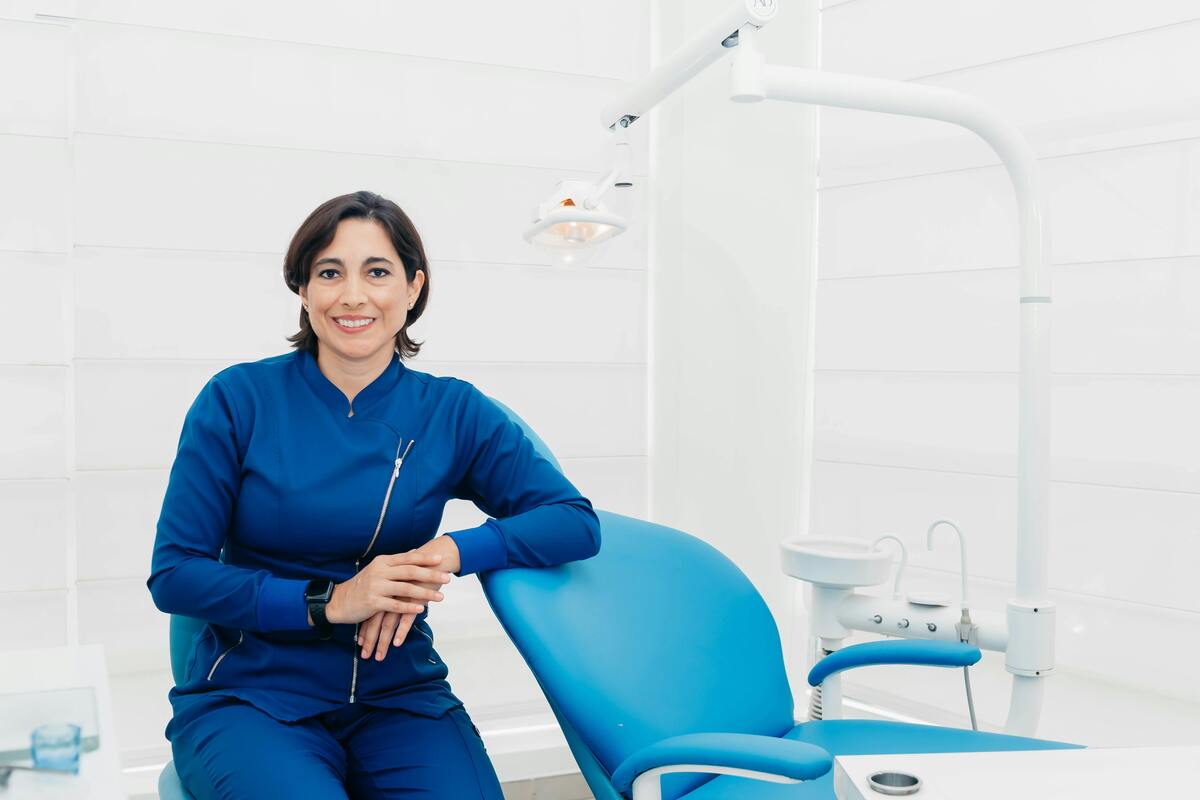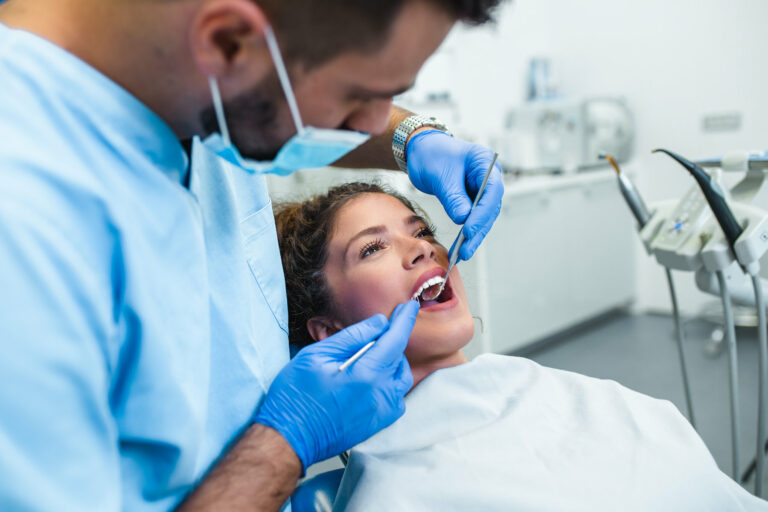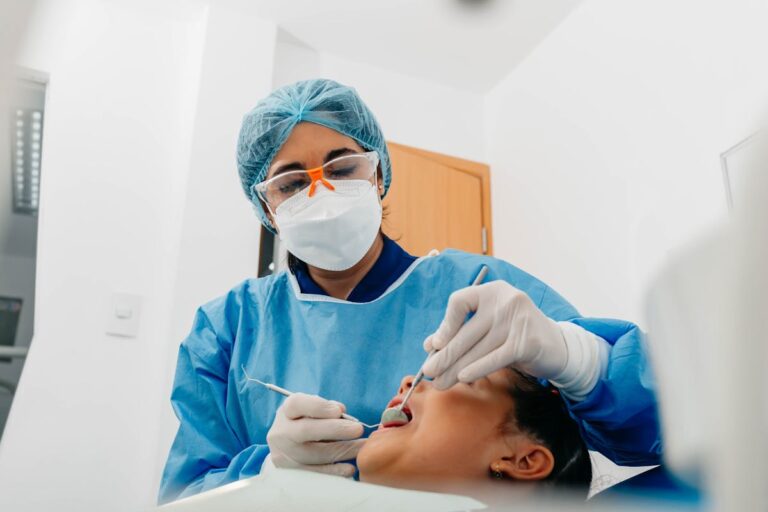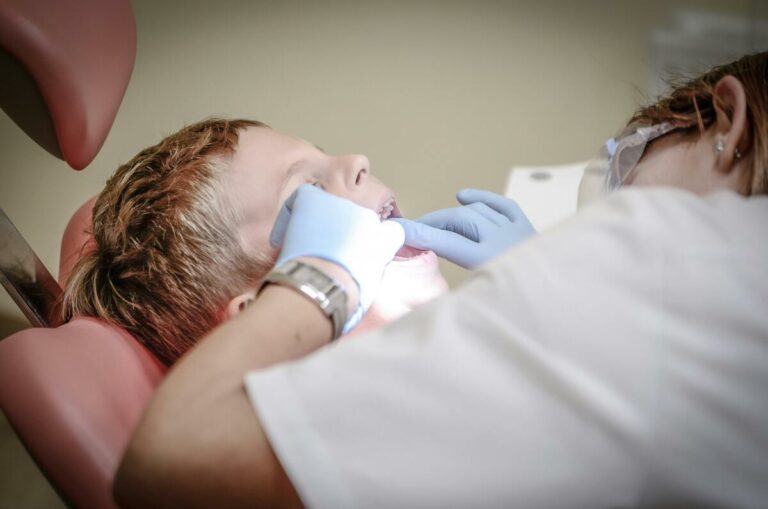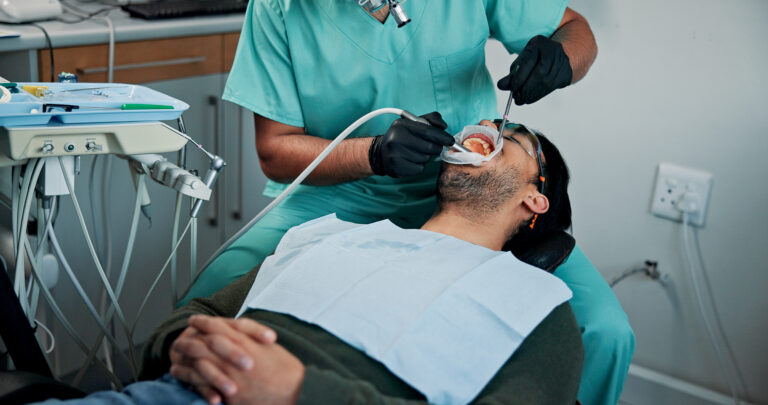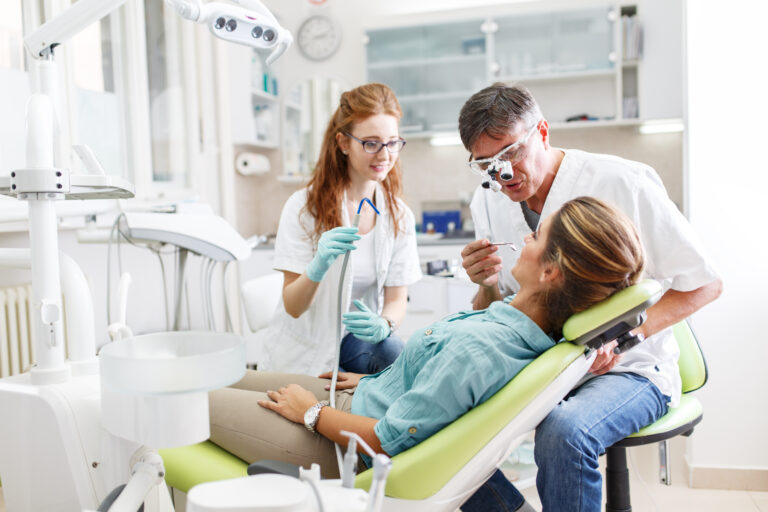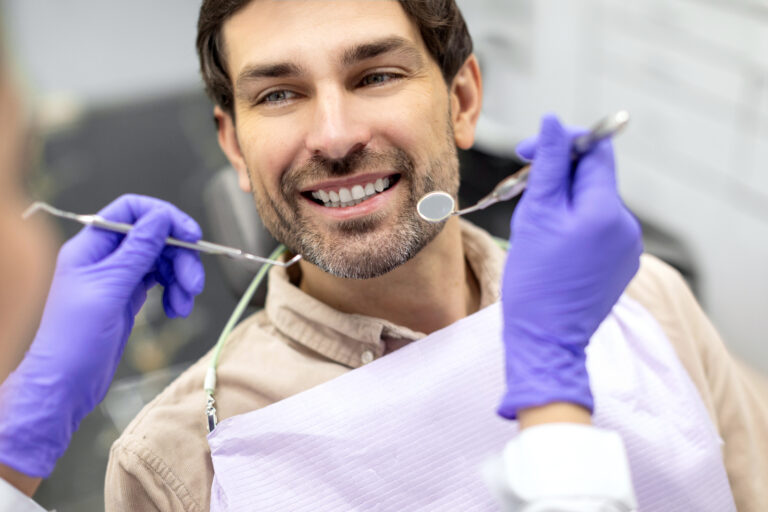Spanish-Speaking Dentists in Paterson: Breaking Down Language Barriers in Dental Care
In Paterson, the increasing demand for Spanish-speaking dentists highlights a significant need to overcome language barriers in dental care. As the Hispanic population grows, the ability to communicate in a patient’s preferred language is essential for fostering trust and ensuring effective treatment. Bilingual dental professionals play a vital role in bridging this gap, enhancing patient satisfaction, and promoting regular dental visits. How are these efforts transforming the community’s oral health landscape?
The Growing Need for Spanish-Speaking Dentists in Paterson
In Paterson, the demand for Spanish-speaking dentists has been steadily increasing, reflecting the city’s growing Hispanic population. This shift in community demographics underscores significant healthcare disparities that exist within the area. As the Hispanic community continues to expand, language barriers become more pronounced in healthcare settings, particularly in dental care. Many residents face challenges accessing dental services due to limited English proficiency, which can lead to miscommunication and inadequate treatment. This linguistic gap contributes to broader healthcare disparities, where non-English speakers may receive suboptimal care or avoid seeking services altogether. Addressing this need for Spanish-speaking dental professionals is essential for improving health outcomes and ensuring equitable access to care for Paterson’s diverse population, fostering a more inclusive healthcare environment.
Benefits of Bilingual Dental Care
Bilingual dental care offers numerous advantages, particularly in communities with diverse linguistic backgrounds like Paterson. One significant benefit is enhanced patient satisfaction. When patients can communicate in their preferred language, they often feel more comfortable and understood, which can lead to a more positive dental experience. Language inclusivity guarantees that patients receive accurate information and instructions, reducing the risk of misunderstandings. This is vital in dental settings where clear communication about procedures and aftercare is necessary. Additionally, bilingual dental care can increase access to services for non-English speakers, who might otherwise avoid seeking care due to language barriers. By promoting language inclusivity, dental practices in Paterson can better serve their community and improve the overall quality of care provided.
Building Trust and Comfort Through Language
Effective communication in dental care is not just about providing information; it is a powerful tool for building trust and comfort. Spanish-speaking dentists in Paterson utilize language to implement trust building techniques and comfort enhancing practices. By speaking a patient’s native language, they create an environment where patients feel understood and respected. This approach fosters a sense of security, allowing patients to express concerns freely and understand treatment options thoroughly. Dentists leverage their language skills to explain procedures clearly, reducing anxiety and building a rapport that extends beyond routine visits. Such communication guarantees patients are more likely to adhere to dental advice, attend regular check-ups, and engage actively in their oral health, ultimately improving overall patient satisfaction and care outcomes.
Innovative Approaches to Overcome Language Barriers
To effectively address language barriers in dental care, practices in Paterson are adopting innovative solutions such as bilingual dental staff training and real-time translation technology. These efforts are complemented by culturally sensitive communication strategies that guarantee patients feel understood and respected. By embracing these approaches, dental offices can enhance patient experiences and improve overall healthcare outcomes for the Spanish-speaking community.
Bilingual Dental Staff Training
Maneuvering the complexities of communication in healthcare settings, particularly in dental practices, innovative approaches are being developed to train bilingual dental staff effectively. One such approach involves extensive bilingual education programs that equip staff with the necessary linguistic skills to bridge communication gaps. These programs are designed to enhance both language proficiency and cultural competence, ensuring staff can cater to the diverse patient population in Paterson. In addition, strategic staff recruitment focuses on attracting candidates who already possess bilingual capabilities, allowing dental practices to better serve the Spanish-speaking community. By prioritizing bilingual education and targeted recruitment, dental offices can create an inclusive environment that fosters improved patient care, ultimately breaking down longstanding language barriers within the dental healthcare system.
Real-Time Translation Technology
As dental practices in Paterson endeavor to serve a linguistically diverse community, real-time translation technology emerges as a promising solution to overcome language barriers. These advancements are reshaping patient interactions by enabling seamless communication between dental professionals and Spanish-speaking patients. Real-time apps and translation devices play an essential role in this process, offering instant language conversion that bridges the gap during consultations and treatments. Such technology guarantees that patients receive accurate information regarding procedures, enhancing their understanding and comfort level. By employing these tools, dentists can provide more effective care, reduce misunderstandings, and build trust with their patients. The integration of real-time translation technology represents a significant step forward in making dental services more inclusive and accessible in Paterson.
Culturally Sensitive Communication Strategies
While real-time translation technology has markedly enhanced communication between dental professionals and Spanish-speaking patients in Paterson, culturally sensitive communication strategies offer an additional layer of understanding and rapport. By integrating cultural awareness into interactions, dentists can better address the nuanced needs of their patients. This involves recognizing cultural differences in health perceptions and communication styles, ultimately leading to more personalized care. Effective listening plays a critical role, as it allows dental professionals to understand patient concerns deeply beyond linguistic barriers. Through active listening, dentists can identify non-verbal cues and cultural contexts that influence patient comfort and trust. Emphasizing empathy and respect, these strategies foster a welcoming environment, ensuring that Spanish-speaking patients feel valued and understood during their dental visits.
How Spanish-Speaking Dentists Are Making an Impact
Spanish-speaking dentists in Paterson are greatly enhancing patient communication by offering services in a language that many residents are more comfortable with. This linguistic capability not only builds trust and comfort among patients but also increases dental accessibility for the Spanish-speaking community. As a result, these dentists are playing an essential role in bridging the gap between dental care providers and the underserved Hispanic population.
Enhancing Patient Communication
How do Spanish-speaking dentists in Paterson effectively bridge the communication gap in dental care? By employing targeted communication techniques, these dentists guarantee that language is no barrier to quality treatment. They utilize bilingual skills to explain complex dental procedures clearly, enhancing patient education. Visual aids and models are often employed to simplify explanations, making them accessible to Spanish-speaking patients. Additionally, these professionals are adept at using culturally relevant examples to make information relatable, which further aids comprehension. This approach not only improves understanding but also empowers patients to make informed decisions about their dental health. Overall, Spanish-speaking dentists are pivotal in fostering an inclusive environment where language differences are seamlessly navigated, guaranteeing effective communication in dental care.
Building Trust and Comfort
In Paterson, a growing number of dentists are making significant strides in building trust and comfort among their Spanish-speaking patients. Employing trust building techniques, these professionals utilize clear, empathetic communication in patients’ native language, which helps alleviate anxiety related to dental visits. Understanding cultural nuances further strengthens the rapport between dentist and patient, fostering an environment where individuals feel respected and understood. Comfort enhancing practices are also prioritized, such as providing thorough explanations of procedures, allowing questions, and ensuring an inviting and culturally sensitive clinic atmosphere. By integrating these strategies, Spanish-speaking dentists effectively address the apprehensions of their patients, creating a reassuring dental experience. This approach is not only improving patient satisfaction but also encouraging regular dental care among the Spanish-speaking community.
Increasing Dental Accessibility
Recognizing the barriers to dental care faced by the Spanish-speaking population in Paterson, local dentists are implementing strategies to increase accessibility. By offering affordable treatments, these dentists guarantee that cost is not a deterrent for seeking necessary dental services. Clinics are engaging in patient outreach programs, which focus on educating the community about available services and the importance of oral health. Such initiatives include bilingual informational sessions and distribution of educational materials tailored to the language and cultural needs of the community. Additionally, partnerships with local organizations are being formed to further extend their reach. These efforts aim to bridge the gap in dental care, making sure that Spanish-speaking residents receive the same level of care and attention as their English-speaking counterparts.
Community Feedback and Success Stories
What impact have Spanish-speaking dentists had on the community of Paterson? Community insights reveal a significant positive change. Access to dental care has increased, leading to improved oral health among Spanish-speaking residents. Patient testimonials frequently highlight enhanced communication and understanding during consultations, which have fostered trust and comfort. Many patients express gratitude for being able to discuss their dental concerns in their native language, which was previously a barrier to seeking timely care.
Success stories abound, including families who now prioritize regular check-ups and individuals who have overcome dental anxiety. The presence of Spanish-speaking dentists has not only improved health outcomes but also strengthened the community bond, as residents feel more connected and valued by having their language needs met within the healthcare system.
Challenges Faced by Spanish-Speaking Dentists
How do Spanish-speaking dentists in Paterson navigate the unique challenges they face? Language proficiency is a critical factor, as it directly affects patient perceptions of care. Dentists must guarantee their Spanish language skills sufficiently meet the needs of their patients, fostering trust and understanding. However, achieving this proficiency can be difficult, especially when dealing with complex dental terminology. In addition, these practitioners face the challenge of overcoming preconceived notions about their capabilities based on language. Some patients may mistakenly equate language limitations with professional incompetence. Moreover, Spanish-speaking dentists often encounter diverse dialects and cultural nuances within the Hispanic community, requiring them to adapt their communication strategies accordingly. Overall, mastering these challenges is essential for providing effective dental care.
The Role of Cultural Competency in Dental Care
Maneuvering linguistic challenges is only one aspect of the broader need for cultural competency in dental care. Cultural awareness extends beyond language, encompassing understanding and respecting diverse cultural beliefs and practices that influence patient interactions and treatment acceptance. In Paterson, where Spanish-speaking populations are significant, dentists must be equipped not only with language skills but also with sensitivity to cultural nuances. Effective patient education involves tailoring information to align with cultural values, ensuring that dental advice is both comprehensible and culturally appropriate. This approach fosters trust and compliance, improving oral health outcomes. By integrating cultural competency into practice, dentists can address potential barriers, creating an inclusive environment where patients feel understood and valued, thereby enhancing the overall quality of dental care.
Future Prospects for Bilingual Dental Services in Paterson
As Paterson’s demographics continue to evolve, the demand for bilingual dental services is expected to rise, presenting both challenges and opportunities for local dental practitioners. The bilingual service expansion is anticipated to address language barriers, enhancing patient experience and broadening access to dental care. Dentists may need to invest in staff training and culturally inclusive practices to meet these growing needs. Patient outreach initiatives will play an essential role in connecting with the community, particularly in underserved areas. These efforts can include educational workshops, partnerships with local organizations, and increased visibility in Spanish-speaking neighborhoods. By embracing these strategies, dental practices can not only improve patient satisfaction but also build a more inclusive healthcare environment in Paterson.
Frequently Asked Questions
What Languages Are Commonly Spoken by Dentists in Paterson?
In Paterson, dentists often provide multilingual dental care, speaking languages such as English, Spanish, and Arabic. This diverse linguistic ability enhances patient communication, ensuring effective interaction and improved dental outcomes for a multicultural patient community.
How Can I Find a Spanish-Speaking Dentist in My Area?
Finding a Spanish-speaking dentist can be achieved through online resources like dental directories and review sites. Community recommendations from local forums and social media groups also provide valuable insights for individuals seeking language-specific dental care services.
Are There Any Additional Costs for Bilingual Dental Services?
The current question addresses bilingual service pricing in dental care. Generally, additional fees are not typically imposed for bilingual services. Patients are encouraged to inquire directly with their dental provider regarding any potential costs associated with bilingual communication.
Do Spanish-Speaking Dentists Offer Emergency Dental Services?
Spanish-speaking dentists often provide emergency services, ensuring clear patient communication during critical situations. Their ability to converse in the patient’s native language can alleviate stress, facilitating timely and accurate treatment when urgent dental care is needed.
What Are the Qualifications of Bilingual Dentists in Paterson?
Bilingual dentists in Paterson must meet dental education standards, including a dental degree and licensure. They may also pursue bilingual certification requirements to guarantee proficiency in both languages, enhancing patient communication and care within diverse communities.
